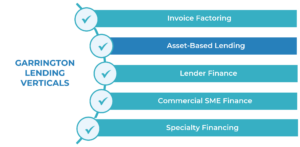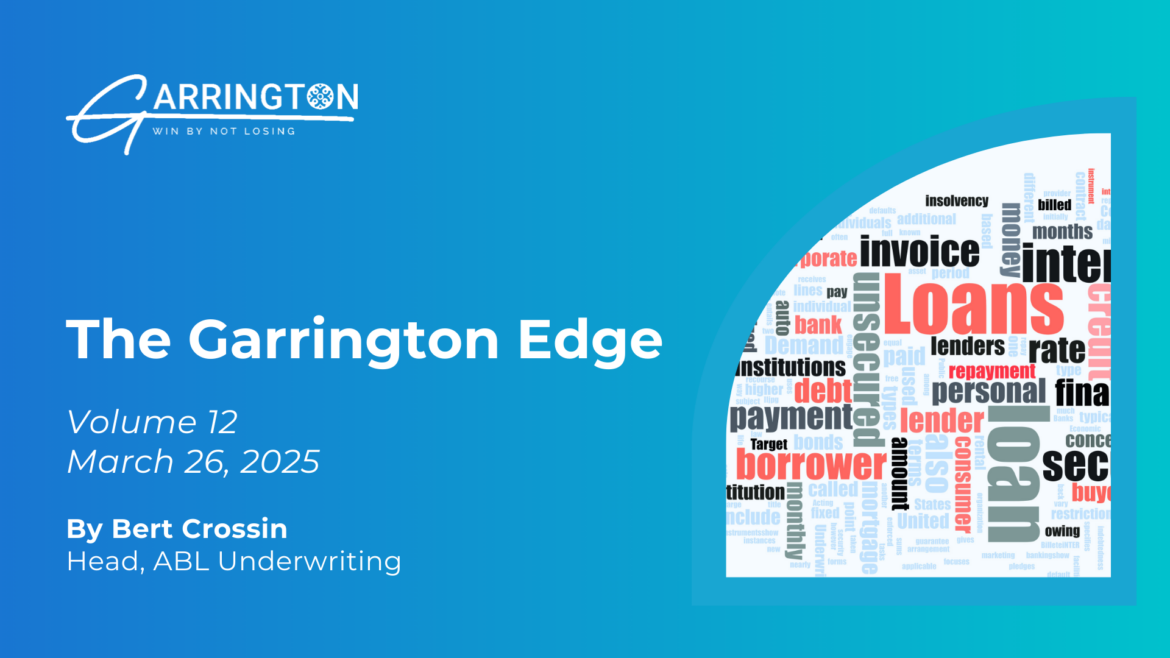We Can’t Wait to Explain Asset-Based Lending – Here’s Why
Having delved into the intricacies of invoice factoring, we’re thrilled to move on to our next lending vertical, asset-based Lending (ABL). And yes, we get it: at first glance, terms like “liquidation values,” “advance rates,” or “inventory financing” might not exactly ignite everyone’s excitement. But honestly, we can’t help ourselves—we genuinely love this stuff.
Why? Asset-based lending isn’t just numbers on a spreadsheet or dull finance jargon—it’s a powerful, creative financing solution that helps businesses unlock hidden value, supercharge their growth, and seize opportunities they might otherwise miss. Let’s break it down together and show you why we’re so passionate about the world of ABL.

Who Benefits from ABL and Why?
ABL isn’t a one-size-fits-all solution; it’s a versatile financing option that caters to a diverse range of businesses. Companies with assets that can be swiftly converted to cash—think manufacturers, distributors, and service providers—often find ABL to be an ideal fit. Whether a company is experiencing rapid growth, navigating seasonal fluctuations, or pursuing strategic acquisitions, ABL offers the liquidity needed to thrive without the stringent covenants typical of traditional loans.

How Does ABL Work?
At its core, ABL transforms a company’s assets into working capital. Here’s how the process unfolds:
Asset Evaluation: Garrington conducts a thorough assessment of the company’s assets, often involving third-party appraisals, to determine their lending value.
Advance Rates: Based on the appraised value, we establish advance rates—percentages of the asset’s value they’re willing to lend. For example:
- Accounts Receivable: Up to 85%, depending on factors like diversification and turnover.
- Inventory: Up to 85% of net orderly liquidation value for raw materials and finished goods.
- Equipment: 75-85% of either net orderly liquidation value or forced liquidation value, with typical amortization over 3-5 years.
- Real Estate: 55-65% of fair market value, with amortization periods ranging from 7-10 years.
Collateral Management: To safeguard their interests, we secure senior liens on the relevant assets and may require specialized collection accounts to ensure loan repayments are seamlessly managed.
What Does Garrington Look For?
We seek specific attributes to ensure the viability of an ABL arrangement:
- Quality Assets: Accounts receivable should be diversified and promptly collectible; inventory must be readily saleable; equipment should have a robust secondary market.
- Reliable Reporting: Accurate and transparent reporting systems, including perpetual inventory systems, are essential.
- Cash Flow: While asset value is paramount, demonstrating sufficient cash flow to service debt remains crucial, especially for term loans.
- Operational Efficiency: Assets should be easily transferable without significant complications, considering factors like location, installation, and environmental concerns.
Final Thoughts
Asset-based lending is more than just a financing tool—it’s a strategic way to unlock liquidity, fuel growth, and empower companies to capitalize on their full potential. It might sound technical, but when done right, it’s transformative.
Next week, we’ll reveal exactly how we structure and manage ABL deals, sharing the care, creativity, and discipline that go into every step of the process. After all, we believe passion matters, especially in private credit, and we can’t wait to show you why.




